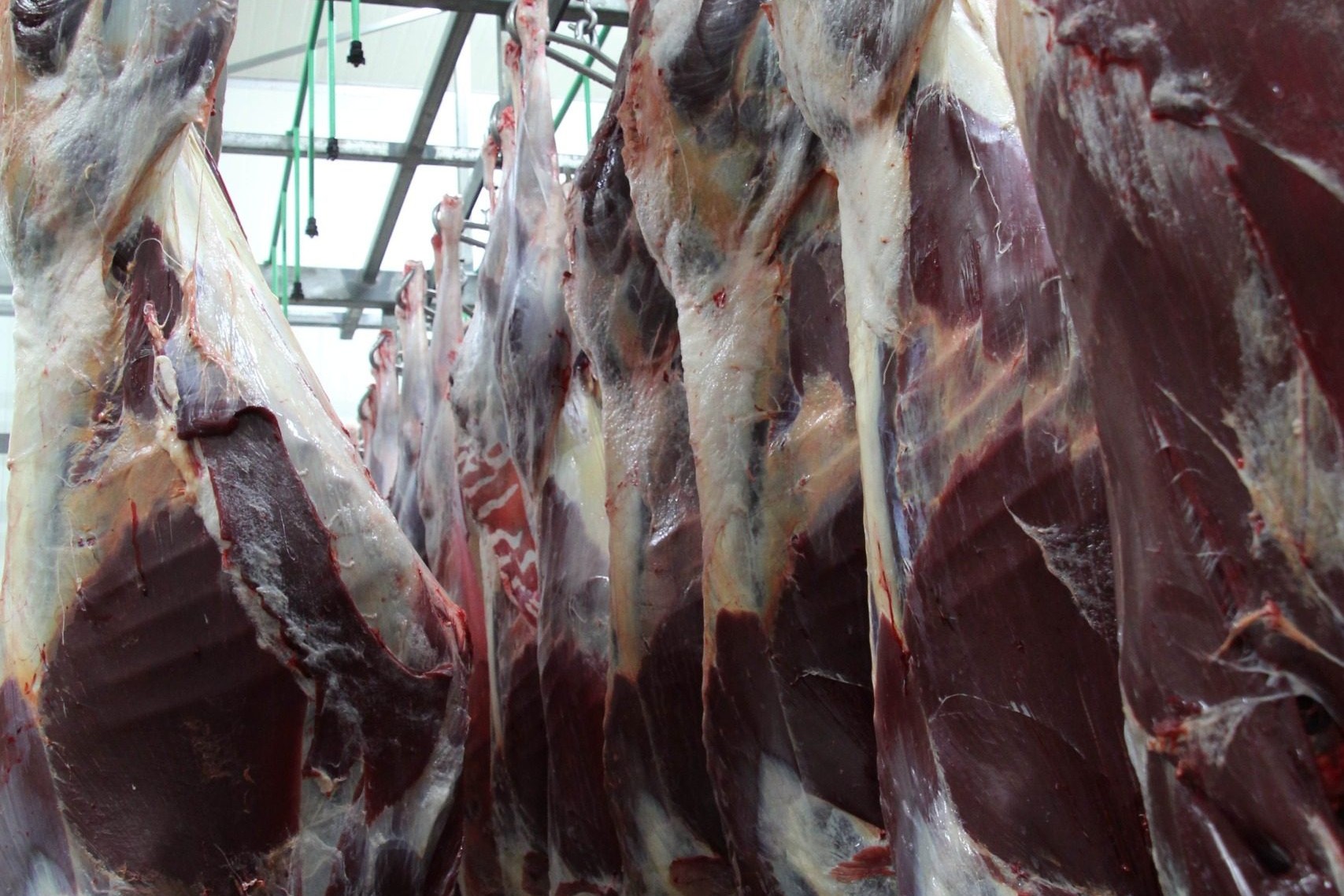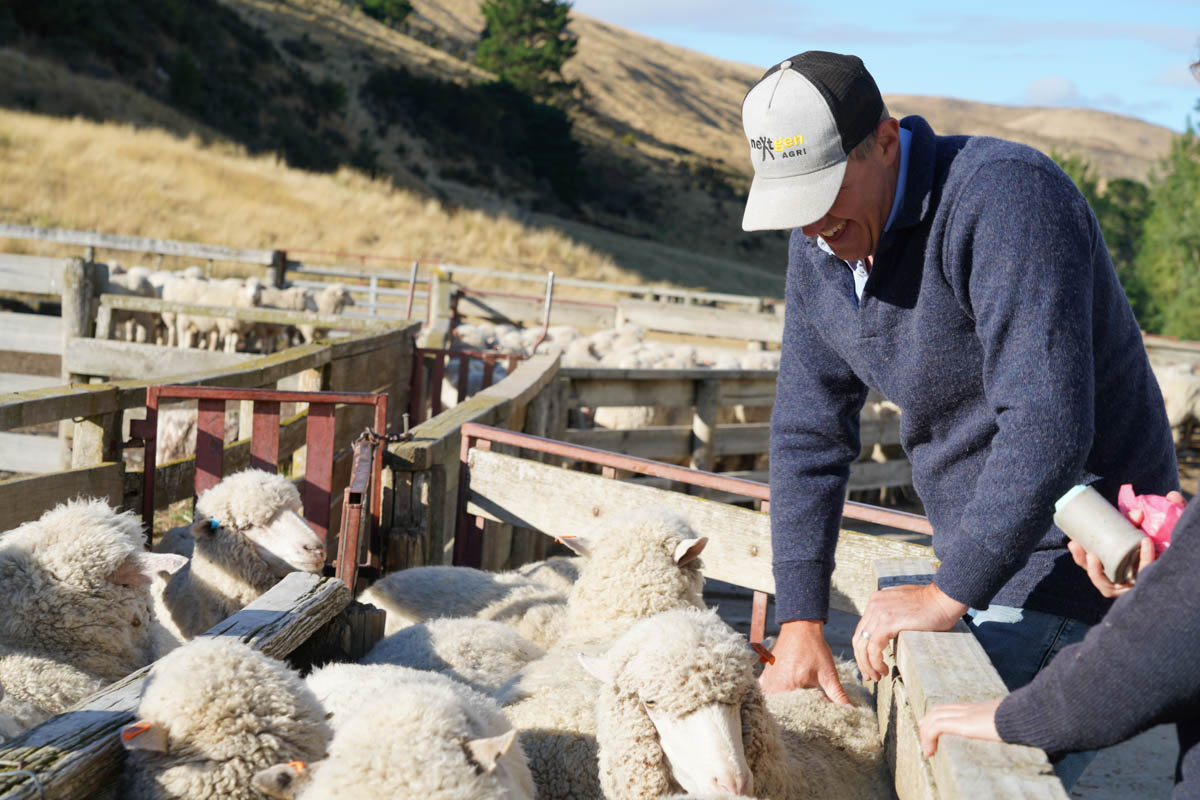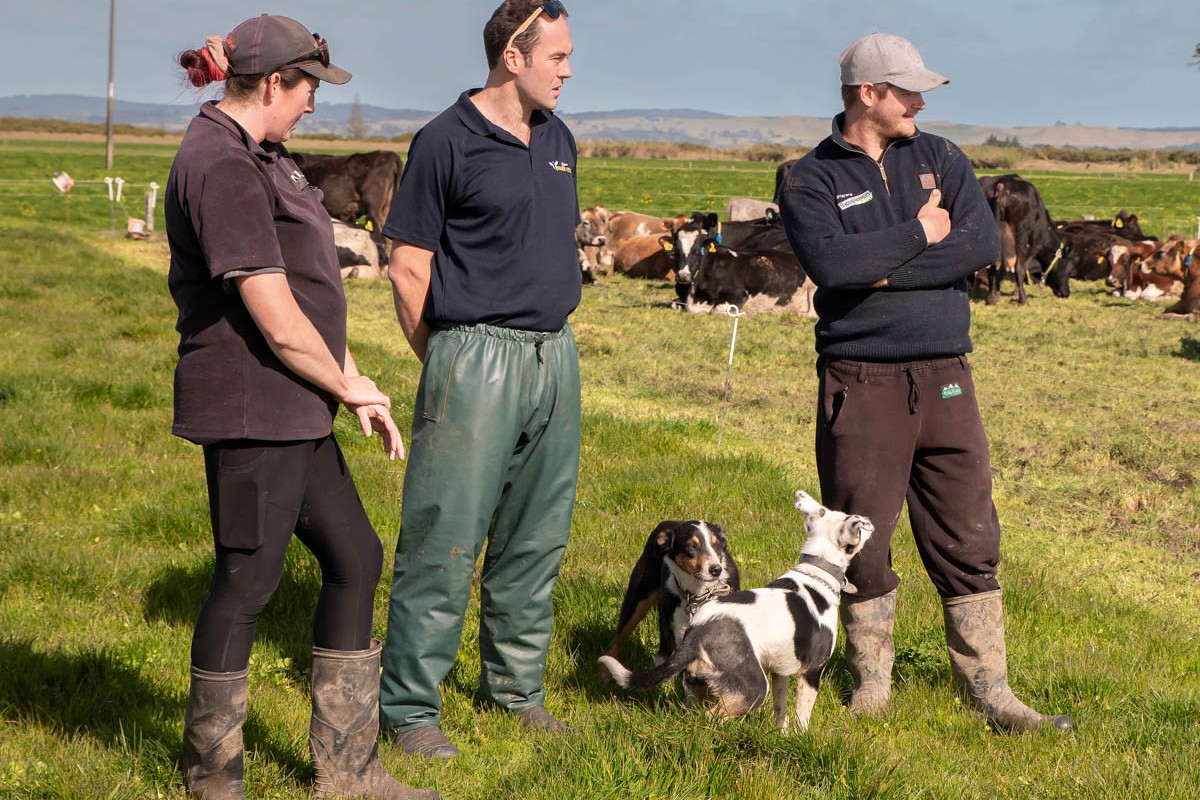Why not 30kg carcase lambs?
By Kerry Dwyer

New Zealand has a constant decline in sheep numbers, but total sheep meat production has compensated for lower numbers to some extent by increasing average lamb carcase weight from about 14kg in 1990 to over 19kg in 2020. Can this trend continue?
Looking at a meat company schedule for November 2021, the target for most farmers will be about a 20kg carcase, allowing for some spread of weight within a mob that safely keeps below the 25kg maximum before downgrading. If you overshoot and have a 26kg carcase classed as mutton the drop in price was $44/hd at that time.
Meat company schedules penalise lambs because they don’t have the markets for them, but neither did they have the same markets for over 20kg lambs in 1990, so the market and production development have to be linked to make this proposition feasible.
If NZ sheep farmers and meat companies are to move to larger lamb carcase weights then some production issues will have to be looked at:
Genetics
Most of the sheep genetics available in NZ can be grown to larger weights, as agreed by various others in this publication.
While selection has been targeting a 20kg carcase with acceptable fat cover, meat yield and growth rates, those genetics project the animals to higher weights in good stead. Higher carcase weights are a win for farmers who reduce stocking rates for environmental or economic reasons.
Gender
Selling 20kg ram lambs might be acceptable but how does a 30kg ram carcase fit the customer requirements? Australia does not deal with ram lambs, rather it is wethers and ewes only. Wethers and ewes tend to be fatter than rams, so what cost of additional processing to remove undesirable subcutaneous fat?
Fat Levels
Fat levels increase with age and weight, depending on genetics and feeding levels. However, the intramuscular fat increases as well as subcutaneous, and that can improve the eating quality of the larger carcases. As Suffolk breeders we have ewe hoggets averaging 70kg liveweight with a GR equivalent of 12mm, which fits current limits.

Feeding regimes
The economic issue for farmers is whether taking lambs heavier is profitable. For most producers, pricing does not reward past 25kg. Taking lambs heavier will lower the number finished on a set area or feed quantity, and lower proportionate transaction and transport costs. It might also spread the finishing time depending on growth rate achieved.
The simplistic cost calculation to look at taking lambs to heavier weight is calculating the drymatter requirement (kg DM) but in reality you will be juggling feed quality as well as quantity. To grow lambs at 300g/hd/day requires feed quality of 12MJ ME/kg DM minimum, which is not always achievable in the field; by comparison growing lambs at 100g/hd/day is possible with a 10MJ ME/kg DM minimum which is why so many lambs take longer to finish i.e. they are reflecting they available feed quality.
As shown in Table One it takes less overall feed to grow stock faster to a set weight than slower, because more energy is channelled into growth relative to maintenance. Maintenance is directly related to liveweight so the increased demand for maintenance as liveweight increases is not disproportionately limiting growth.
As said above, feed quality is a key issue in manipulating growth rate. In our pastoral systems we can grow specialist finishing feeds e.g. chicory/plantain/clover mixes, or winter maintenance feeds to get animals through to peak-quality spring pasture times. In Australia and the United States grain finishing is commonplace, where they might have a four-week feedlot regime which can achieve 500g/day growth rates.
Grain mixes with high MJ ME/kg DM are profitable when their price is cheap relative to product prices e.g. feed barley in Australia currently A$265/tonne onfarm relative to A$9/kg CW.
The NZ economics of grain feeding are not so good with feed barley at $490/t relative to $9.50/kg CW. Grain feeding here has a price of well over 40c/kg DM. Table Two shows possible income levels for taking lambs heavier.
The profitability of taking lambs to heavier weight depends on the market reward being in place, rather than a discount. If the lamb schedules were linear past 25kg CW the marginal return would be similar to selling at current target weights. We have the genetics and grazing systems to enable this and with constant reduction in breeding stock it may be our future reality.




